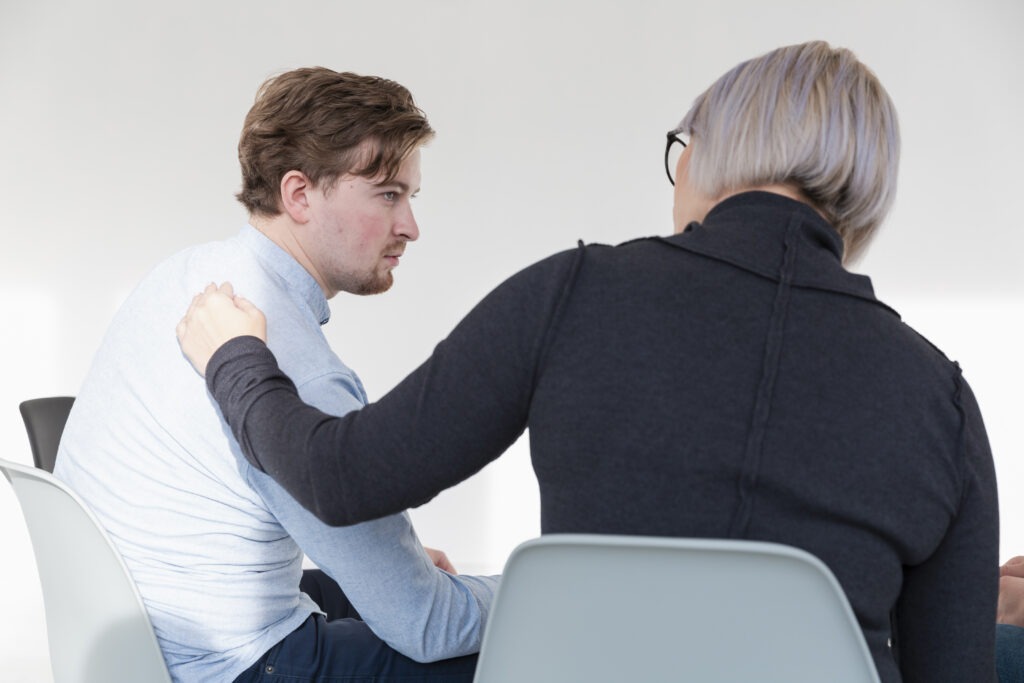Living with constant fatigue, dizziness, or a racing heartbeat can feel overwhelming, especially when the cause isn’t clear. For many individuals, these seemingly “random” symptoms may point to a condition known as Postural Orthostatic Tachycardia Syndrome (POTS). Because this condition is often misunderstood or misdiagnosed, recognising the early signs is essential for getting the right care.
In this blog, we’ll explore the common warning signs of POTS symptoms, why timely diagnosis matters, and how working with a POTS specialist in Los Angeles, such as Dr. Cynthia, can help you manage the condition effectively.
What is POTS?
Postural Orthostatic Tachycardia Syndrome is a disorder of the autonomic nervous system. The autonomic nervous system controls automatic body functions such as heart rate, blood pressure, and digestion. In people with POTS, standing up or changing posture causes the heart rate to rise abnormally high—often by 30 beats per minute or more.
While POTS can affect anyone, it’s most common in women aged 15–50. Because its symptoms overlap with other conditions, it’s sometimes misdiagnosed as anxiety, chronic fatigue syndrome, or even depression. This makes awareness of POTS symptoms critical.
Common Warning Signs of POTS Symptoms
If you suspect you or someone you love may be dealing with POTS, watch for these warning signs:
1. Rapid Heart Rate (Tachycardia)
The most defining symptom of POTS is a fast heartbeat upon standing. For adults, this means the heart rate jumps by at least 30 beats per minute when moving from sitting or lying down to standing. In teenagers, the increase may be even higher. Patients often describe the sensation as heart “racing” or “pounding” without physical exertion.
2. Dizziness or Lightheadedness
Many people with POTS feel dizzy, faint, or unsteady when standing up. This happens because blood pools in the lower body, and the brain receives less oxygen-rich blood. In severe cases, this can lead to fainting (syncope).
3. Extreme Fatigue
Fatigue is one of the most debilitating symptoms of POTS. Unlike regular tiredness, this exhaustion lingers even after rest. Many patients describe it as feeling like they’ve “hit a wall” during daily activities.
4. Brain Fog
Cognitive impairment, often called “brain fog,” is common in POTS. Patients may struggle with:
- Concentration
- Short-term memory
- Word recall
- Mental clarity
This can make work, studying, or everyday conversations more difficult.
5. Gastrointestinal Problems
Because POTS affects the autonomic nervous system, it often disrupts digestion. Common gastrointestinal symptoms include:
- Bloating
- Nausea
- Constipation or diarrhoea
- Abdominal pain
6. Headaches and Migraines
Frequent headaches or migraines may also signal POTS. These headaches can worsen when standing or during physical activity.
7. Sweating Abnormalities
Patients may notice they sweat too much or too little, another result of autonomic dysfunction.
8. Cold Hands and Feet
Poor blood circulation can lead to cold or discoloured extremities, even in warm environments.
9. Exercise Intolerance
People with POTS often find it challenging to exercise. Once manageable activities—like jogging or cycling—may now cause severe fatigue, rapid heart rate, or dizziness.
When to See a POTS Specialist in Los Angeles
Because the symptoms of POTS overlap with other medical issues, diagnosis requires expertise. If you’ve experienced several of the symptoms above for more than three months, it’s time to consult a POTS specialist in Los Angeles.
At DrCynthia’s clinic, patients receive:
- A comprehensive evaluation of medical history and symptoms
- Diagnostic tests, such as tilt-table testing, are used to confirm POTS
- Personalised treatment strategies, which may include lifestyle changes, physical therapy, and medication
Why Early Diagnosis Matters
Leaving POTS untreated can significantly reduce quality of life. Patients may struggle to maintain employment, education, or social activities due to persistent fatigue, fainting, and cognitive difficulties. Early diagnosis and treatment allow patients to regain control and improve daily functioning.
Managing POTS Symptoms: Treatment Options
While there’s no one-size-fits-all cure, many patients manage symptoms successfully with proper care. A POTS specialist in Los Angeles may recommend:
- Increased Fluid and Salt Intake: Helps boost blood volume and prevent dizziness.
- Compression Garments: Improves circulation and reduces blood pooling.
- Exercise Programs: Gentle, progressive exercise can strengthen cardiovascular function.
- Medications: In some cases, beta-blockers, fludrocortisone, or other drugs may help regulate heart rate and blood pressure.
- Lifestyle Adjustments: Prioritising rest, eating smaller meals, and avoiding triggers like heat or dehydration.
Living with POTS: Hope and Support
Although POTS can feel overwhelming, thousands of patients learn to manage their condition successfully with the right guidance. Education, lifestyle changes, and medical support play a crucial role in recovery.
At DrCynthia’s clinic in Los Angeles, patients receive compassionate, evidence-based care tailored to their unique needs. With the right support, individuals with POTS can regain balance, reduce symptoms, and improve overall quality of life.
Final Thoughts
Recognising the warning signs of POTS symptoms is the first step toward proper treatment. If you’ve been experiencing rapid heartbeat, dizziness, fatigue, or brain fog, don’t dismiss them as “stress” or “just being tired.” These may be signs of Postural Orthostatic Tachycardia Syndrome.
By consulting a trusted POTS specialist in Los Angeles like DrCynthia, you can uncover the root cause of your symptoms and begin a tailored treatment plan. Early diagnosis and intervention not only improve daily life but also prevent long-term complications.





